Enrico's answer makes good, valid points.
Unfiltered radio-frequency preamps do exist, where antenna connects directly to amplifying devices. A good design allows weak signals to be received unmolested by strong signals of other frequencies. You'd have to be in a very remote location to avoid such conditions. OP's preamp is weak in this respect - a strong signal(s) causes distortion that corrupts the desired signal via intermodulation. Distorting preamps often corrupt desired signals, even though amplitude is greater.
Shown below is a similar-style wide-band preamp having no pre-filter. It's antenna input is most sensitive to electric field because it is very short relative to wavelength, and is most effective when placed far above/away from ground. Antenna probe and preamp input are closely associated - no extra capacitance is tolerated. Hence the preamp/antenna are high, and coaxial cable to receiver is long.
The antenna probe in this design is tiny - less than 5 cm length. Yet it is capable of receiving signals from 10 kHz to 30 MHz. It is kept short to reduce all signal amplitudes, avoiding overloading distortions. In addition, transistors are biased with significant current (total DC current is about 50mA) to accommodate large amplitudes.

simulate this circuit – Schematic created using CircuitLab
A metric used to evaluate how large signals affect a desired weak signal is intercept point. 3rd-order intercept for this preamp is +30 dBm, 2nd-order intercept is +70 dBm. These are amplitudes of interfering signals that would generate bogus signals (due to non-linearity) with equal amplitude of the desired signal. In this respect, OP's preamp would fare far worse - a weak signal is corrupted more easily or to a greater extent by a strong signal...corruption that the downstream receiver cannot correct.
It seems counter-productive to accommodate large interfering signals by cutting antenna length to a bare minimum thereby reducing all signal amplitudes, including the desired signal. Such a solution is valid where the "atmospheric" noise level is high - at longer wavelengths.
For shorter wavelengths (higher frequency) noise floor reduces until noise contribution of amplifying devices is very important, making an attenuating antenna unappealing. Besides using highly-linear amplifiers, reducing amplitude of undesired frequencies is a valid alternate approach to reduce receiver overload. You might see the very first stage of a high-frequency receiver is a bandpass filter, before any amplifying device has a chance to corrupt the desired signal with too-large signals at other frequencies.

